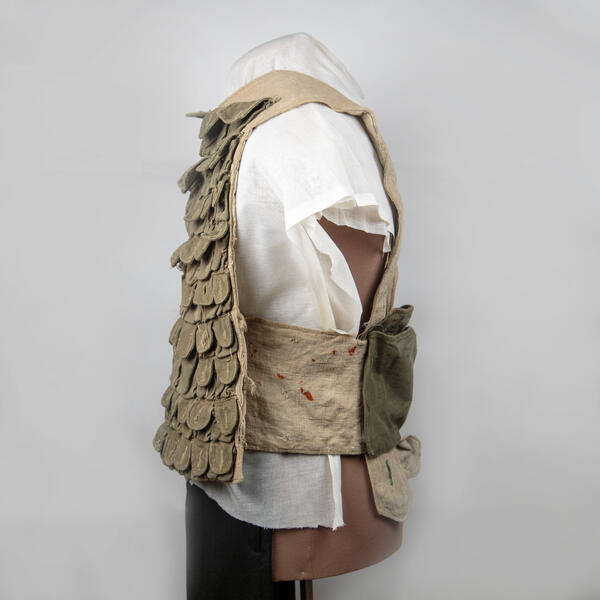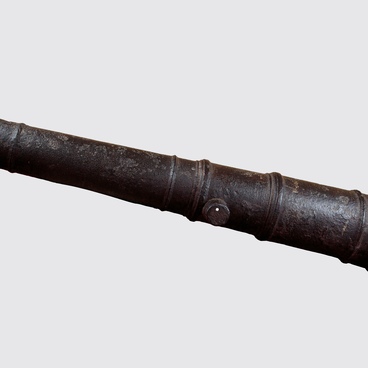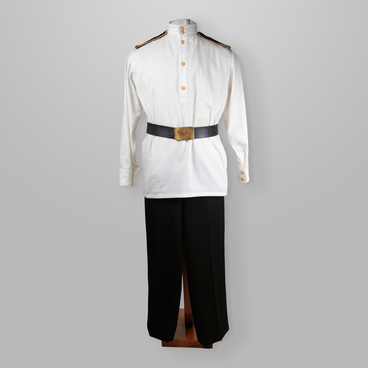The type case from the museum’s collection is made of fabric. It was used by journalists to store numbers and letters for letterpress typing. Such items were necessary so that journalists could work on and publish an issue in field conditions. During the Great Patriotic War, they were used near areas where partisan detachments fought with German penal military units.
A 2018 issue of the
daily socio-political Belarus newspaper Zviazda noted,




